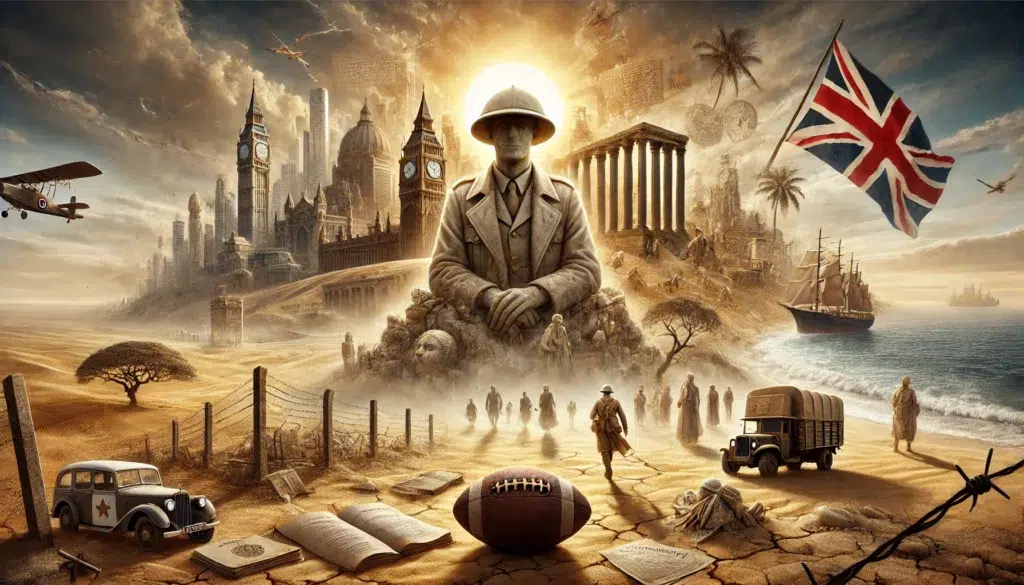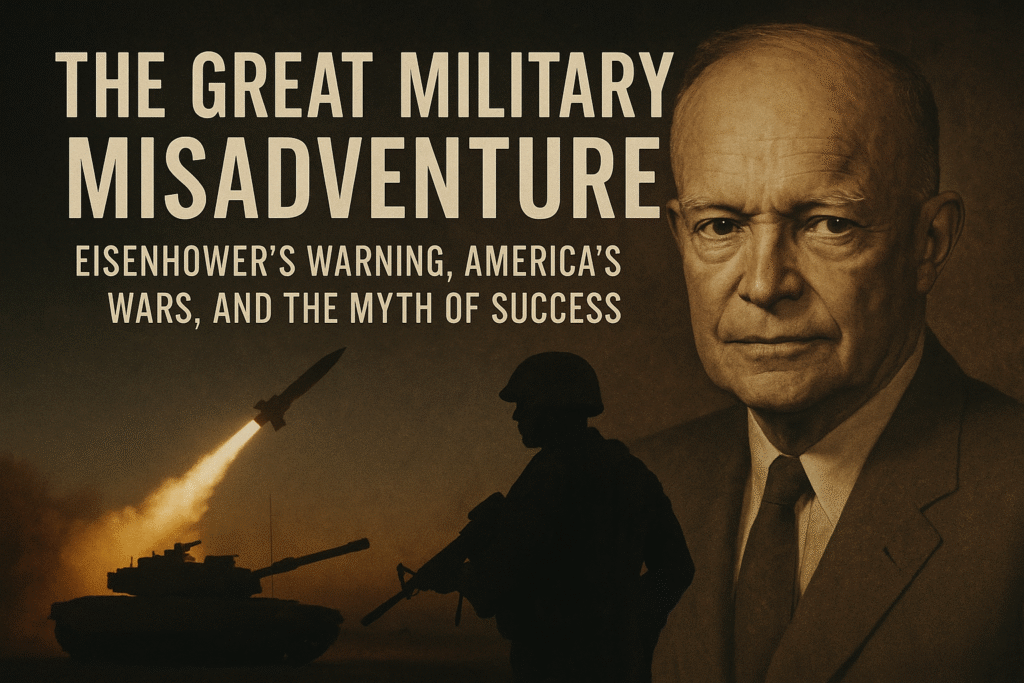“Let’s be realistic. Let’s do the impossible!”
The legacy of Che Guevara, a revolutionary icon, continues to resonate today. There was a time not so long ago when almost every student bedroom had a picture of Che Guevara on the wall. In death, the legacy of Che Guevara became the quintessential cultural icon with his image – usually taken from the photo taken by Alberto Korda – reproduced on posters, beanies, t-shirts, bikinis, key chains, and posters. As Michael Casey said in his book “Che’s Afterlife: The Legacy of An Image,” Che became a postmodern icon “signifying anything to anyone and everything to everyone.”
Early Life and Education
“The walls of the educational system must come down. Education should not be a privilege so the children of those who have money can study.”
Ernesto (Che) Guevara was born in Rosario, Argentina. He was the eldest of five children born into an upper-class family of Spanish Basque and Irish origin. His father once said, “the first thing to note is that in my son’s veins flowed the blood of the Irish rebels.”
Born in 1928, in his short life, he was a revolutionary, a physician, a politician, diplomat, military theorist, and author. In 1948, he enrolled at the University of Buenos Aires to study medicine. During that time, he spent six months at sea working as a nurse on merchant vessels. As a young medical student, he traveled across Latin America with his friend Alberto Granado on a nine-month road trip. He wrote about this in his book “The Motorcycle Diaries.” That journey and his previous experiences brought home to him the poverty and inequality of the continent. These experiences moved him to believe that radical revolutionary change was the only solution, a core aspect of the legacy of Che Guevara.
Revolutionary Activities
“Let the world change you and you can change the world.”
Che became involved in the social reforms of Guatemala under President Jacobo Árbenz. The CIA’s overthrow of Árbenz solidified Che’s commitment to radical change and revolution. Later in Mexico City, he met Raul and Fidel Castro, who were planning a rebellion against the Cuban government of Fulgencio Batista. He joined their group and embarked on a journey to Cuba with the intention of overthrowing the government.
He soon rose to prominence among this group. He was raised to the position of second-in-command. He played a pivotal role in the two-year campaign which led to the downfall of the government and the formation of Communist rule in 1959.
Role in the Cuban Regime
“Passion is needed for any great work and for the revolution passion and audacity are required in big doses.”
In the first years of the Cuban regime, Che was a key figure. He was the Minister for Industry and led a successful literacy campaign. He served as both president of Cuba’s National Bank and was the instructional director of Cuba’s armed forces. He traveled the world as a diplomat to promote the cause of Cuban socialism. He visited many countries as well as the United Nations. He was an instrumental figure in preparing Cuba to face the Bay of Pigs invasion. He also encouraged the Soviet Union to send nuclear ballistic missiles to the country, leading to the Cuban Missile Crisis.
As a Marxist, he believed the Third-world’s poverty was a direct result of global capitalism and imperialism. He saw the only remedy as a world-wide proletarian revolution.
Literary Contributions
In addition to all of this, Che was a prolific writer. He wrote diaries and authored “Guerrilla Warfare” as well as “The Motorcycle Diaries” – books still in print and available today.
“If you have the capacity to tremble with indignation every time that an injustice is committed in the world then we are comrades.”
International Revolutionary Efforts
In 1965, Che decided that he had work to do fomenting international revolution. He left Cuba to join what he saw as an international struggle against capitalism and imperialism. He first went to Congo-Kinshasa. He fought with revolutionaries in the Congo for five months before acknowledging that the campaign was defeated. He left Congo with what was left of his men. In his diaries he noted, “This is the story of a failure.”
Not wanting to return to Cuba, he spent five months living secretly at the Cuban Embassy in Dar es Salaam and later at a Cuban safe house in Czechoslovakia. He did return to Cuba secretly to visit his wife and to leave a message for his five children in which he said, “Above all, always be capable of feeling deeply any injustice committed against anyone anywhere in the world. This is the most beautiful quality in a revolutionary.”
Final Campaign and Death
It became Che’s ambition to stimulate revolution in Latin America. He had even met Juan Peron and spoken about this while he was in hiding in Europe. His view was that the revolution would begin in Bolivia. He secretly went there in 1966. His intention was to form a guerrilla army with the intention of bringing down the Bolivian Government, further shaping the legacy of Che Guevara.
In fact, the campaign in Bolivia was a failure. The guerrilla band Che formed was small and the Government was supported by the CIA. The Government was superior in terms of numbers, equipment, and knowledge of the local situation.
In October 1967, an informant told the Bolivian Special Forces the location of Che’s encampment. After a gun battle, Che was captured. He was held captive for a day. Despite a desire by the CIA to transfer him to Panama for interrogation, an order was received from the Bolivian President Rene Barrientos to execute the prisoner. Later that day, Guevara was killed.
Enduring Legacy
“I don’t care if I fall as long as someone else picks up my gun and keeps on shooting.”
The legacy of Che Guevara endures even though his life was short. He was only 39 years old when he died. And yet in that time, he was a key figure in revolutionary struggles across both Latin America and Africa. He had experienced the successes of the Cuban revolution and been an international diplomat promoting the cause of Cuba on the international stage. He wrote extensively and intelligently about his political views and about his practical achievements. He became the image which became the icon of student campaigns across the globe.
Luis G. Gonzalez in “Che: A Revolutionary Icon” shows how Che’s image has been used in very different and sometimes conflicting campaigns around the world. The short lifetime of a revolutionary has become a key image in the pantheon of cultural icons. Even in death, he has inspired and led young people to fight for causes which they believe are true – whether rightly or wrongly!
“Youth should learn to think and act as a mass. It is criminal to think as individuals!”



